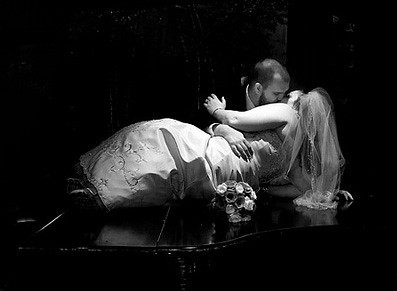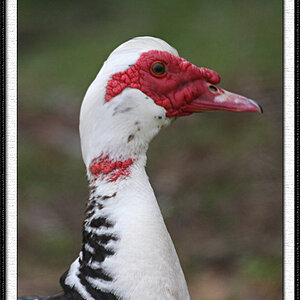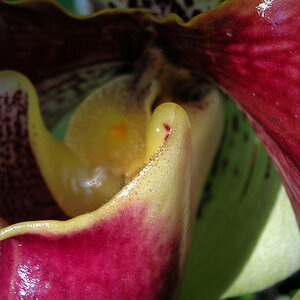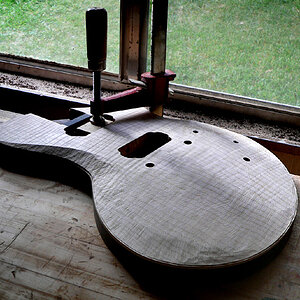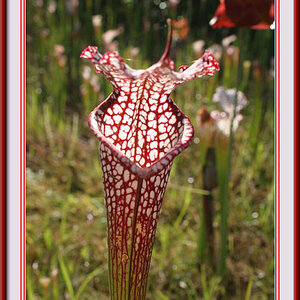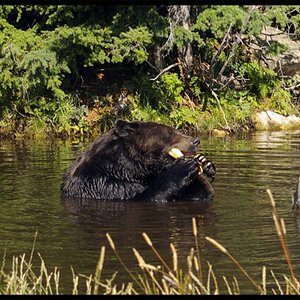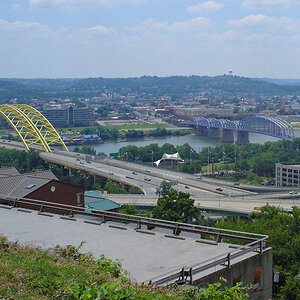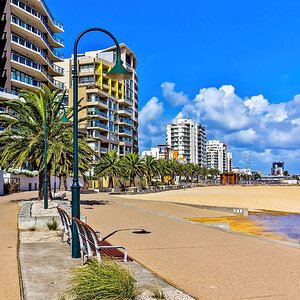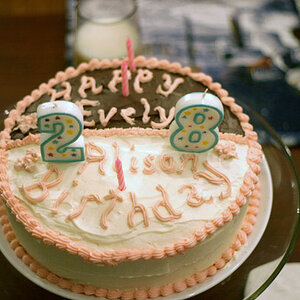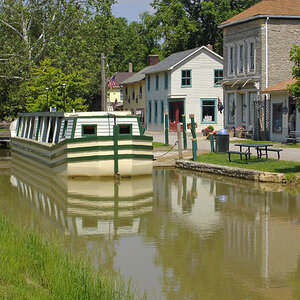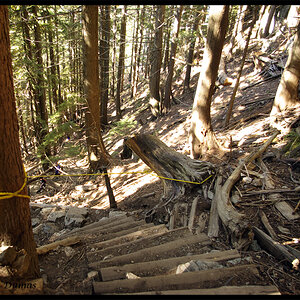batmura
No longer a newbie, moving up!
- Joined
- Sep 19, 2012
- Messages
- 649
- Reaction score
- 240
- Location
- Istanbul, Turkey
- Can others edit my Photos
- Photos OK to edit
I am a total beginner with a Nikon d3100 and I have a question. Sorry if this sounds dumb but I really need to understand this. I have been reading Bryan Peterson's Understanding Exposure lately and I really enjoy his explanations about the photographic triangle, but I am still not clear on one thing. Whenever he explains the logic behind one of his shots, he says something along the lines of the camera's light meter indicating a "correct" exposure or the light meter indicating 1/250 sec as the correct exposure -- I would like to know where this crucial piece of information is displayed. Owning a good entry level camera I think the viewfinder should tell me? I have been trying the manual mode a lot these days and fiddling with the settings a lot. I am getting a lot of under and overexposed shots which I believe is the reason why I still cannot figure out where and when the camera indicates the correct exposure.
I will appreciate any detailed AND simple explanations on this one because I cannot proceed with the book without understanding this key info otherwise.
Thanks!
I will appreciate any detailed AND simple explanations on this one because I cannot proceed with the book without understanding this key info otherwise.
Thanks!


